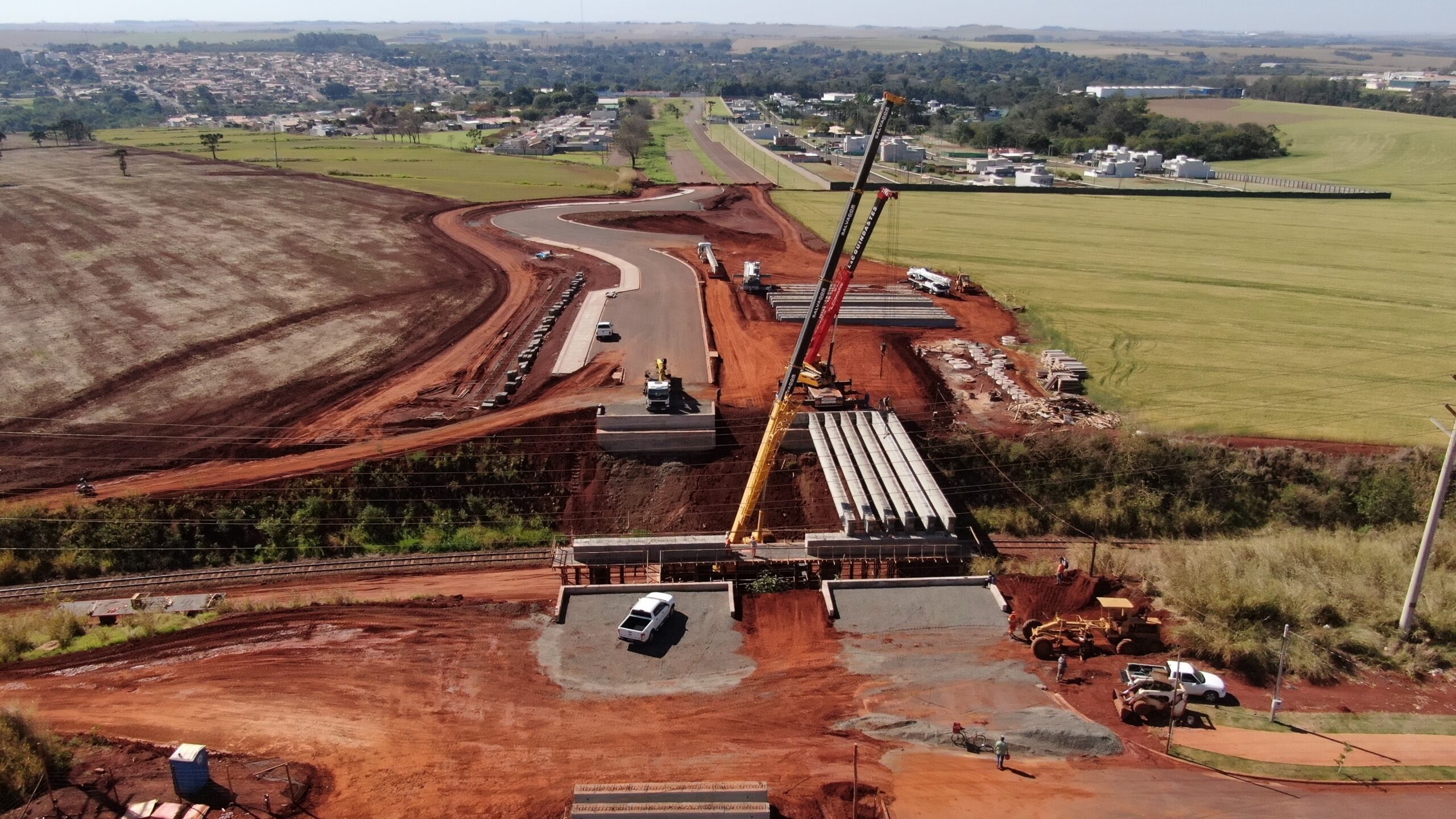You probably already know that the rapid expansion of urban areas and unchecked land development can have severe environmental consequences. As we move forward, it’s therefore necessary to strike a balance between urbanization progress and conservation to ensure a sustainable future for our planet.
Of course, we can’t stop developing lands. When done responsibly, land development improves our living conditions and economic opportunities and provides better access to essential services. But if not managed carefully, it can also lead to deforestation, habitat destruction, and increased pollution. The in-between? The key to achieving sustainable land development lies in making informed decisions and embracing innovative practices.
Protecting Natural Habitats
One of the fundamental principles of sustainable land development is preserving natural habitats and biodiversity. So, when planning new developments, land developers need to identify and protect areas of ecological significance. This can be done by conducting thorough environmental assessments and implementing measures to mitigate any negative impacts on local ecosystems. They would also need to obtain environmental permitting from the government to indicate their compliance with reducing the environmental impact of their activities. Getting this authorization is necessary before choosing a site for land use. And this site has to be such that it does not negatively affect the environment in any way, in terms of water pollution, waste, or wildlife habitats, among others.
For example, if a project involves clearing a forested area, developers need to obtain federal, state, or local government permit approving that their proposed land development will not destroy or impact the natural environment. If it will, then they either have to offset this by planting new trees elsewhere or else search for an entirely new site.
Minimizing Consumption
Another critical aspect of sustainable land development is minimizing resource consumption. This includes using energy-efficient building materials, designing buildings with better insulation, and implementing renewable energy sources. And this is good for everyone because these practices can help both land developers and homeowners save on long-term operational costs.
Water conservation is also worth considering when it comes to sustainable land development. Aside from minimizing water used during construction, implementing low-impact development techniques like permeable pavements and rain gardens can help manage stormwater runoff and reduce flooding. Plus, efficient landscaping irrigation systems may also help minimize water waste.
Sustainable Land Development as a Community Effort
Developers, local authorities, environmental organizations, and residents have to work together to create a shared vision for sustainable land development. This means considering the needs and concerns of all parties and finding common ground to create developments that benefit everyone.
One excellent example of sustainable land development is the “mixed-use” developments. These are areas where residential, commercial, and recreational spaces coexist, reducing the need for long commutes. Such spaces also promote a sense of community. By creating vibrant, walkable neighborhoods, mixed-use developments serve to improve residents’ quality of life while conserving land.
Finally, adopting green building certifications, like the LEED (Leadership in Energy and Environmental Design), can also drive sustainable land development. These certifications encourage developers to meet specific environmental performance standards, promoting the construction of more eco-friendly and energy-efficient buildings.
The Bottom Line
As our population continues to grow and urbanize, the choices we make today will profoundly impact the future. And this is our future, our well-being and safety as a race on the line. So we all have to make conscious efforts to balance progress and conservation even as we urbanize available land.

